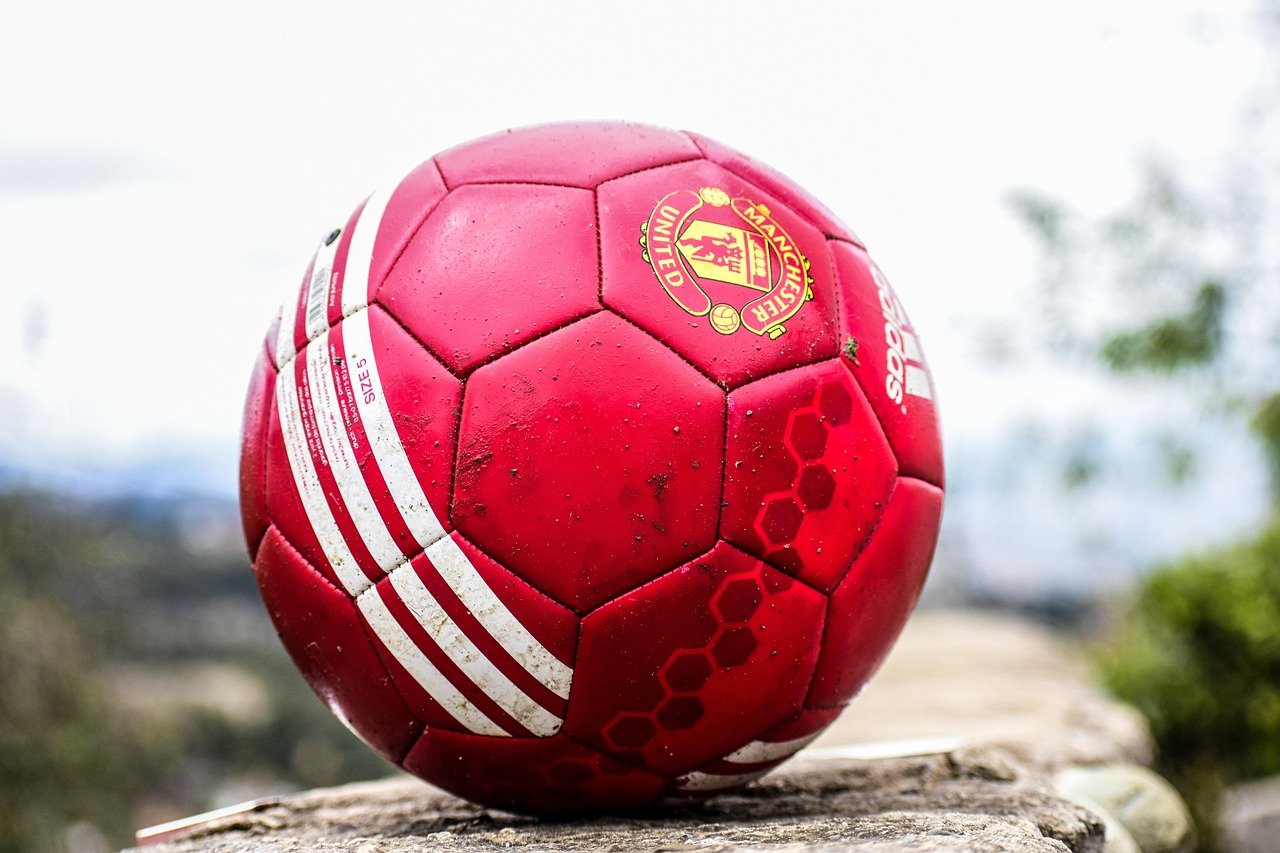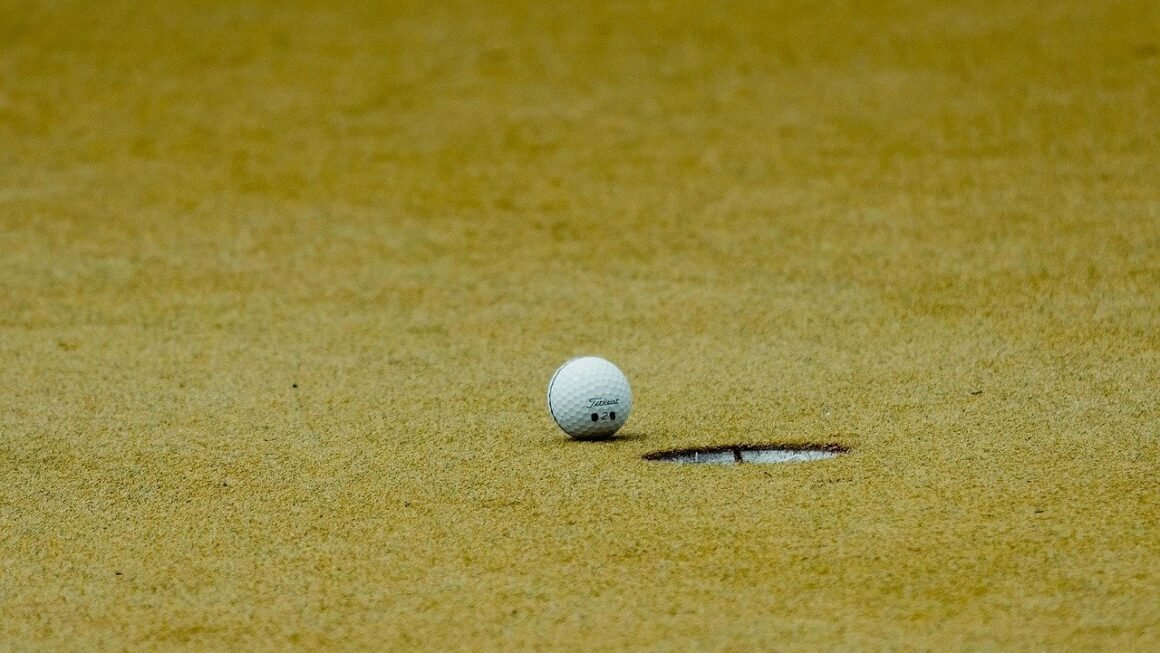Snooker, a game of precision, strategy, and unwavering focus, captivates millions worldwide. More than just hitting balls into pockets, it’s a tactical battle played on a baize battlefield, demanding both physical skill and mental fortitude. This post will delve into the multifaceted world of snooker, from its origins to its current popularity, exploring the rules, techniques, and strategies that make it such a compelling sport.
The History and Evolution of Snooker
Origins in Colonial India
Snooker’s roots trace back to late 19th-century India, specifically to the British Army officers stationed there. Bored with the existing billiards games, they experimented with adding colored balls to the table, gradually developing the game we recognize today. Sir Neville Chamberlain is often credited with codifying the early rules of snooker, solidifying its place as a unique and challenging variant of billiards.
The Rise of Professional Snooker
The professional era of snooker began in the 1920s, with Joe Davis dominating the scene for decades. Davis’s unparalleled skill and charisma helped popularize the sport, paving the way for future generations of players. The World Snooker Championship, first held in 1927, remains the most prestigious tournament in the game, offering the greatest prize and recognition.
Snooker’s Modern Popularity
Snooker experienced a surge in popularity in the late 1970s and 1980s, fueled by the advent of television broadcasting. Players like Steve Davis, Dennis Taylor, and Alex Higgins became household names, attracting massive audiences and transforming snooker into a mainstream sport. Today, snooker boasts a global following, with tournaments held worldwide and a vibrant online community.
Understanding the Rules of Snooker
The Basic Principles
Snooker is played on a large rectangular table covered in baize. The objective is to score points by potting the balls in a specific sequence. The balls consist of:
- A white cue ball (used to strike the other balls)
- 15 red balls (worth 1 point each)
- 6 colored balls (yellow – 2 points, green – 3 points, brown – 4 points, blue – 5 points, pink – 6 points, black – 7 points)
The game begins with the reds racked in a triangle at the foot of the table. Players must first pot a red, followed by a color. After potting a color, it is respotted to its designated position on the table. This alternating sequence continues until all the reds are potted. Then, the colors must be potted in ascending order of their point value (yellow, green, brown, blue, pink, black).
Fouls and Penalties
Fouls are common in snooker, and result in penalty points being awarded to the opponent. Common fouls include:
- Striking the wrong ball
- Potting the cue ball
- Touching any ball with the hand or clothing
- Pushing the cue ball
- Jumping the cue ball over a ball
The penalty for a foul is typically a minimum of 4 points, or the value of the ball “on,” whichever is higher. Fouls can significantly impact the scoreline and momentum of a frame.
Scoring and Winning
The player with the highest score at the end of the frame wins. A “break” is a series of consecutive pots by a player in a single visit to the table. High breaks are highly prized and demonstrate a player’s skill and composure. A maximum break, achieved by potting all 15 reds with blacks and then all the colors, is worth 147 points and is considered a rare and remarkable feat.
Essential Snooker Techniques
Stance and Grip
A solid stance is crucial for stability and accuracy. Most players adopt a stance with their feet shoulder-width apart, with their dominant foot slightly forward. The grip should be relaxed but firm, allowing for a smooth and controlled cue action.
Cue Action
The cue action is the most fundamental aspect of snooker technique. It should be smooth, straight, and consistent. Practicing a pendulum-like motion, focusing on maintaining a straight line of delivery, is essential for developing a reliable cue action.
Ball Control
Mastering ball control is key to executing strategic shots and positioning the cue ball for the next shot. This involves understanding the effects of:
- Sidespin (English): Applying spin to the cue ball can alter its trajectory and behavior after contact with another ball.
- Topspin: Causes the cue ball to travel further and potentially screw back.
- Backspin (Screw): Causes the cue ball to come back towards the player after impact.
Practice Drills
Consistent practice is crucial for improving snooker skills. Effective drills include:
- Straight-line potting: Focus on potting balls in a straight line to improve accuracy.
- Cue ball control exercises: Practice controlling the cue ball’s position after each shot.
- Break building drills: Simulate match conditions by attempting to build breaks and clear the table.
Strategic Thinking in Snooker
Safety Play
Safety play is a crucial aspect of snooker, particularly in tactical situations. A good safety shot leaves the opponent with a difficult shot or forces them to foul. Effective safety shots often involve:
- Positioning the cue ball behind a baulk color.
- Leaving the opponent snookered (unable to hit the ball on directly).
- Making the reds difficult to pot.
Break Building
Break building is the art of stringing together a series of successful pots to accumulate points and gain a significant lead. Key factors in successful break building include:
- Keeping the cue ball in a good position for the next shot.
- Strategically positioning the reds to create potting opportunities.
- Choosing the optimal color to pot after each red.
Situational Awareness
Successful snooker players possess excellent situational awareness, constantly evaluating the table layout and anticipating their opponent’s potential moves. They can adapt their strategy based on the current score, the remaining balls, and their opponent’s strengths and weaknesses.
Equipment and Maintenance
Choosing a Cue
Selecting the right cue is a personal process. Factors to consider include:
- Length: Cues typically range from 57 to 58 inches.
- Weight: Choose a weight that feels comfortable and allows for a controlled cue action.
- Tip: The tip is the point of contact between the cue and the ball, and influences spin and control.
Table Maintenance
Proper table maintenance is essential for ensuring consistent playing conditions. This includes:
- Brushing the baize regularly to remove dust and chalk.
- Ironing the baize to remove creases and smooth the surface.
- Checking the table’s level and making adjustments as needed.
Other Accessories
Other useful snooker accessories include:
- Chalk (for improving grip and preventing miscues)
- A rest (for reaching balls that are far from the edge of the table)
- A spider (another type of rest, providing additional height)
- A triangle (for racking the reds)
Conclusion
Snooker is a captivating blend of skill, strategy, and mental fortitude. Whether you’re a casual observer or an aspiring professional, understanding the nuances of the game can greatly enhance your appreciation for this fascinating sport. From its historical roots to its modern popularity, snooker continues to enthrall audiences worldwide with its challenging gameplay and compelling drama. By mastering the techniques, understanding the rules, and developing strategic thinking, anyone can embark on a rewarding journey into the world of snooker.



